What is DeFi?
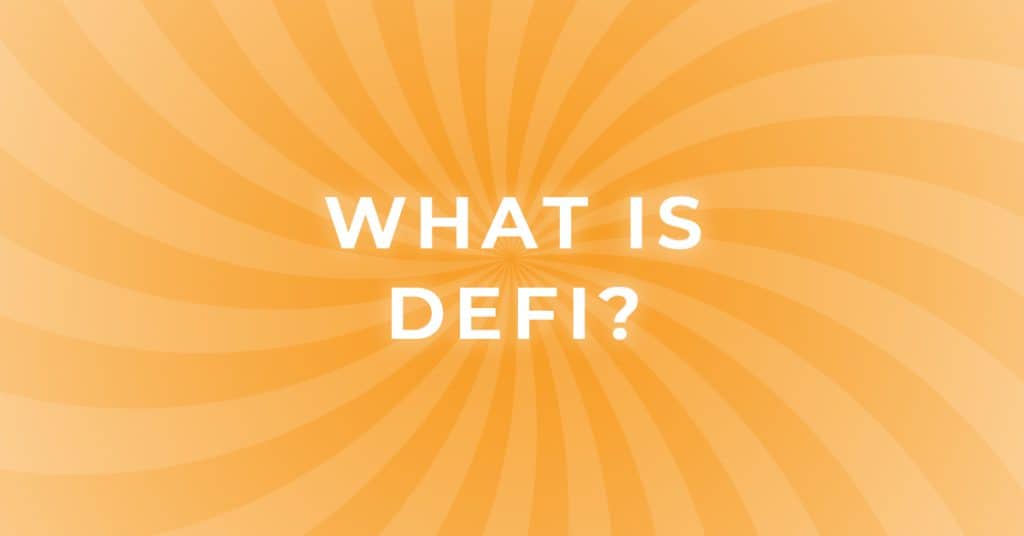
- What is DeFi? (Decentralized Finance)
- What is Yield Farming? | Yield Farming Explained for Beginners
- What are the Risks in DeFi?
- What are Bridges in Crypto? | Crypto Bridges for Beginners
- How to use Uniswap? | Step-by-Step Guide to using Uniswap
- How To Use Yearn Finance | Yearn Finance for Beginners
- How to use Fantom Crypto | Fantom DeFi
- How To Use Spookyswap DEX? Fantom Defi Guide
- How to use Binance Smart Chain (BSC)
- How to use Kraken Pro for Beginners
- How To Use Solana? Solana Crypto Guide
- How To Use Raydium? Solana Defi Guide
- How To Use Pancake Swap? BSC Defi Guide
- How To Use Polygon? Matic Guide
- How to Use Uniswap on Polygon | Step by Step Guide
- How to use Arbitrum | Full Arbitrum Guide
- How To Use Cardano? ADA Guide
- How To Use Sundaeswap? Cardano DEFI Guide
- How To Use Avalanche Crypto? AVAX Guide
- How To Use Trader Joe DEX? Avalanche Defi Guide
What is DeFi? (Decentralized Finance)
DeFi (Decentralized Finance) can be thought of as the financial infrastructure for the crypto ecosystem. It encompasses the digital assets, dApps (Decentralized Applications), smart contracts and protocols that run on top of public blockchains such as Ethereum, the best-known smart contract platform with the largest developer community. DeFi is a world where an open financial market exists that is both trustless and permissionless, with no centralized authority in control.
Continue Reading – “What is DeFi? (Decentralized Finance)”
What is Yield Farming? | Yield Farming Explained for Beginners
Yield farming involves the lending or staking of cryptocurrency into decentralized smart, contract-based liquidity pools in order to generate rewards which are usually expressed in APY (Annual Percentage Yield). Rewards typically come in the form of interest from lenders, a percentage of transaction fees or a governance token.
Continue Reading – “What is Yield Farming? | Yield Farming Explained for Beginners”
What are the Risks in DeFi?
DeFi is one of the fastest growing sectors in crypto, in part a result of the high interest returns on offer compared to traditional finance. But what are the trade offs and risks in DeFi? In this section we take a look at some of the key risks and suggest ways that you can mitigate them, some of which are not only applicable to DeFi users, but wallet security in general. Scammers are always looking for ways to capitalize on user error and security vulnerabilities. More often than not there are no refunds on offer as you control your keys and actions when you operate in the DeFi space.
Continue Reading – “What are the Risks in DeFi?”
What are Bridges in Crypto? | Crypto Bridges for Beginners
There is an incredible amount of innovation occurring in the DeFi sector, across numerous blockchains, each with varying levels of services and adoption. Ethereum continues to be the dominant chain for DeFi activity however there are many other chains that are building competing products and developing communities such as Avalanche, Solana, Tezos, Polkadot, Fantom, Polygon and Algorand, to name a few. Many of which are competing on the basis of lower fees and higher transaction throughput. Some are Layer 1 protocols, others Layer 2. There are sidechains and parachains. The list goes on.
Continue Reading – “What are Bridges in Crypto? | Crypto Bridges for Beginners”
How to use Uniswap? | Step-by-Step Guide to using Uniswap
Before talking about how to use Uniswap, let’s give a quick overview of what Uniswap is.
Created by Hayden Adams, a former Seimens mechanical engineer, Uniswap was launched to the public on November 2, 2018. It was inspired by an idea in 2016 from Ethereum founder, Vitalik Buterin, for a Decentralised Exchange (DEX) that would employ an on-chain automated market maker with other special characteristics. A tool built for the Ethereum blockchain to enable users to trade ERC20 tokens.
Continue Reading – “How to use Uniswap? | Step-by-Step Guide to using Uniswap”
How To Use Yearn Finance | Yearn Finance for Beginners
Yearn Finance houses a range of products in Decentralised Finance (DeFi), providing yield generation, lending aggregation, and more on the blockchain. The protocol is maintained by various independent developers and is governed by YFI holders. Yearn’s core product offering centers around the concept of Vaults. These vaults are pools of capital that automatically generate yield. They benefit Yearn users by socialising the gas costs, automating the yield generation process, and automatically shifting capital as opportunities arise to maximise returns. Here’s our in depth, step-by-step guide on how to use Yearn Finance.
Continue Reading – “How To Use Yearn Finance | Yearn Finance for Beginners”
How to use Fantom Crypto | Fantom DeFi
Fantom is onboarding more developers, partners, and integrations leading to the ecosystem rapidly expanding and more dApps becoming available. FTM tokens act as the gas to run this well-oiled machine. The Fantom network has a broad range of products and applications that use their own fungible tokens. These tokens are stored in the same place as your FTM tokens and interact with the numerous different products that have been built on the network. To get the most from your FTM, use the following tools to their full advantage. All the services below are easily accessible with no entry limits – you just need a little FTM to get started.
Continue Reading – “How to use Fantom Crypto | Fantom DeFi”
How To Use Spookyswap DEX? Fantom Defi Guide
SpookySwap is an automated market-making (AMM) decentralized exchange (DEX) for the Fantom network. Fantom has a strong foundation built on the BOO token as it’s governance token. This DEX has something for everyone. You can swap, provide liquidity and stake in diverse farms – all in exchange for rewards and yield. There is also a built-in bridge to enable the movement of tokens onto the network. This is a truly user-centered service. In this guide, we will walk you through, step-by-step, how to use Spookyswap DEX.
Continue Reading – “How To Use Spookyswap DEX? Fantom Defi Guide”
How to use Binance Smart Chain (BSC)
Binance Smart Chain is a blockchain operated by Binance, one of the world’s leading crypto exchanges.
You may have heard of Binance Chain, the home of the popular cryptocurrency, $BNB. Binance Chain was designed to give users a fast, decentralized trading experience with low transaction fees. However, in doing so it had to make some concessions in terms of functionality. Notably, it did not offer support for smart contracts, an essential element which underpins the DeFi ecosystem.
Continue Reading – “How to use Binance Smart Chain (BSC)“
How to use Kraken Pro for Beginners
In this guide, we’ll be going over some of the basic requirements needed when using Kraken Pro. Kraken is considered one of the easiest exchanges to use and familiarize yourself with for buying and selling cryptocurrencies. Kraken Pro takes this further by creating an even easier way to interact with Kraken.
One of these ways is by removing additional steps found on the standard exchange to create a better user experience. Simpler interfaces to buy & sell cryptocurrency means the learning curve becomes easier for newcomers to overcome, letting us create usable Crypto Beginner Guides to help you navigate the world of Bitcoin. For a complete guide to buying and selling Bitcoin on Kraken, Check out The Ultimate Bitcoin Course for an easy-to-follow video tutorial.
Continue Reading – “How to use Kraken Pro for Beginners”
How To Use Solana? Solana Crypto Guide
We already know What Solana is, now it’s time to learn about how you can use it to your advantage. By participating in a rapidly growing ecosystem like Solana and others mentioned throughout the site, you become part of that growing community and earn a portion of its increasing value. If Solana was a machine made of bolts and steel, SOL coins would be its petrol.
The Solana Network has a broad spectrum of underlying products that all utilize their own fungible tokens known as SOL tokens. These tokens are stored in the same place as your SOL coins and interact with different products built using Solana. To get the most from your SOL coins, use the following tools to their full advantage. Don’t be shy either, all of the services discussed below can be accessed with less than 1 $USDC and a little SOL. Don’t be afraid to make mistakes and enjoy playing in the sandbox. So, let’s dive in and see how to use Solana!
Continue Reading – “How To Use Solana? Solana Crypto Guide“
How To Use Raydium? Solana Defi Guide
Raydium RAY token is an automated market maker built on the Solana blockchain that allows for lightning-fast trades, shared liquidity, and new features for earning yields. Raydium leverages all the efficiencies of the Solana Network to achieve transaction settlements significantly faster than Ethereum, at a fraction of the cost. Before you get started on Raydium, you’ll need to set up Phantom Wallet to store your funds and interact with the Raydium app. Remember that you’ll need a small amount of $SOL in your wallet to complete any transactions on the Solana Network.
Continue Reading – “How To Use Raydium? Solana Defi Guide“
How To Use Pancake Swap? BSC Defi Guide
Pancake Swap is the leading DEX (Decentralized Exchange) built on the BSC. As an AMM (Automated Market Maker), it does not use order books like traditional exchanges. Instead, it matches buy and sell orders directly. Similar to Uniswap, the well-known DEX on the Ethereum Network, Pancake Swap enables users to swap between crypto assets by tapping into user-generated liquidity pools. There are also some great yield farming opportunities on the platform.
Continue Reading – “How To Use Pancake Swap? BSC Defi Guide“
How To Use Polygon? Matic Guide
We already learned what Polygon is now it’s time to learn about how you can use it to your advantage. Polygon’s vision is to build Ethereum’s internet of blockchains, so it’s quickly becoming the destination for all things Web3. With exciting new partnerships and integrations expanding the ecosystem, there’s a ton of things you can do on this blockchain. The Polygon network has a broad range of products and applications in the NFT, DeFi, and gaming space. $MATIC is the native token and the gas that runs this whole operation.
To get the most from your $MATIC, use the following tools to their full advantage. All the platforms listed below are a great to start exploring the Polygon ecosystem, you just need a little $MATIC to get started.
Continue Reading – “How To Use Polygon? Matic Guide”
How to Use Uniswap on Polygon | Step by Step Guide
The Uniswap protocol is a decentralized exchange (DEX) originally designed and built for exchanging ERC-20 Tokens on the Ethereum blockchain. It is seen as the flagship DeFi project. The protocol is implemented as a set of persistent, non-upgradable smart contracts. The protocol is now on its v3 iteration, and what is significant about this latest release is that Uniswap is now powered by the Polygon $MATIC blockchain. Gas fees on Ethereum have limited usage of the platform in recent times, and the deployment to Polygon is seen as a way of solving this problem. This guide is going to show you how you can take advantages of the cheaper gas fees by walking you through Uniswap on the Polygon network.
Continue Reading – “How to Use Uniswap on Polygon | Step by Step Guide”
How to use Arbitrum | Full Arbitrum Guide
Developed by Offchain Labs, Arbitrum launched to the public on August 31, 2021. Arbitrum is an Ethereum layer 2 scaling solution which uses Rollups to enable high-throughput, low-cost smart contracts while remaining trustlessly secure.
Like all Rollups, the Arbitrum Rollup chain is built on top of and secured by the Ethereum blockchain, and all transaction data is logged on Ethereum. From a user and developer perspective, interacting with Arbitrum feels exactly like interacting with Ethereum. Arbitrum supports the same RPC interface as Ethereum, supports all EVM languages, and natively supports all Ethereum tooling without any special adapters. The only way in which an Arbitrum Rollup chain does not resemble Ethereum is the cost, with transactions on Arbitrum being just a fraction of what they would if run natively on Ethereum.
Continue Reading – “How to use Arbitrum | Full Arbitrum Guide”
How To Use Cardano? ADA Guide
You already learned what Cardano is, now it’s time to learn how to use Cardano to your advantage. Cardano is beginning to onboard more and more active developers, who are contributing massively to scaling out the ecosystem. More DEX’s, dApps and other platforms are now starting to emerge on a blockchain that has maybe been a little bit behind the competition. $ADA is the token that powers the Cardano network. As more and more products and applications come onboard, they are working in the same way as other blockchains – using their own fungible tokens. These tokens can be stored and accessed from within your Cardano wallet. To get the most out of your $ADA, use the following tool to their full advantage. All the services below are easily accessible with no entry limits – you just need a little bit of $ADA.
Continue Reading – “How To Use Cardano? ADA Guide”
How To Use Sundaeswap? Cardano DEFI Guide
SundaeSwap is a decentralised, autonomous protocol for trading Cardano projects and tokens, on the Cardano blockchain. The application is (at the time of writing) in public beta on the Cardano mainnet. As a result, the functionality is a little bit behind other DEXs such SpookySwap (Fantom network) and Trader Joe (Avalanche). SundaeSwap, however, does still allow users to swap tokens, provide liquidity, and farm to earn yield. Like all other DEX’s you will need to make sure you have some Cardano in a wallet to pay for gas fees. Let’s jump in and learn how to use SundaeSwap!
Continue Reading – “How To Use Sundaeswap? Cardano DEFI Guide”
How To Use Avalanche Crypto? AVAX Guide
You already learned what Avalanche is, now let’s start learning about how to use Avalanche to your advantage. Recently, the Avalanche network has experienced huge growth and onboarded lots of new projects and protocols to boost the strength of the ecosystem. The network is powered by the $AVAX token, but there are plenty of products and applications that have their own tokens. These tokens interact with the numerous different products that have been built on the network. To get the most from your $AVAX, use the following tools to their full advantage. All the services below are easily accessible with no entry limits – just make sure you have some $AVAX for gas and off you go.
Continue Reading – “How To Use Avalanche Crypto? AVAX Guide”
How To Use Trader Joe DEX? Avalanche Defi Guide
Trader Joe is the one-stop decentralized trading platform powered by the Avalanche network. Users who go to Trader Joe can Swap, Stake, Farm, Lend, Borrow, and Leverage – they can do it all in one place. The platform is a fully integrated, highly accessible DeFi Trading Platform.
Continue Reading – “How To Use Trader Joe DEX? Avalanche Defi Guide”

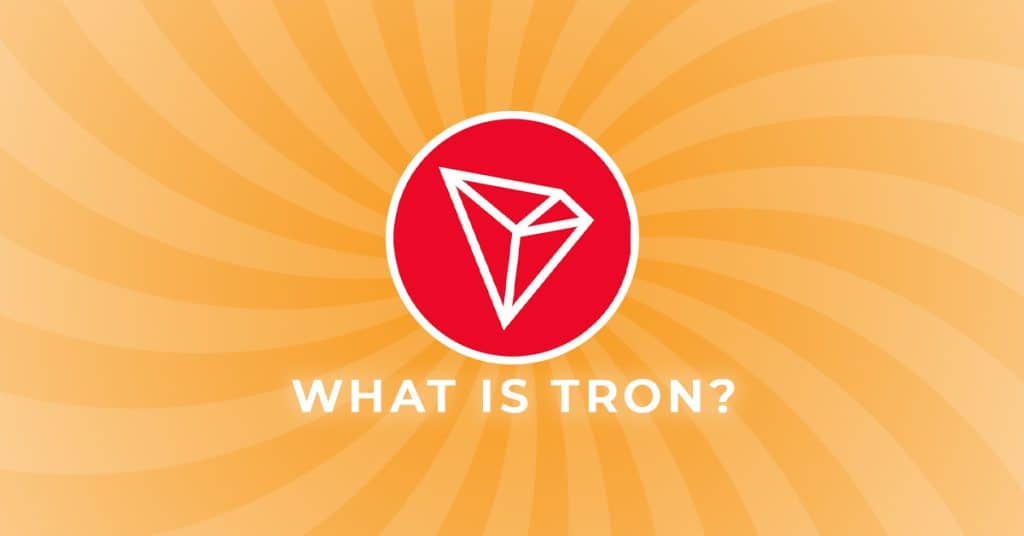
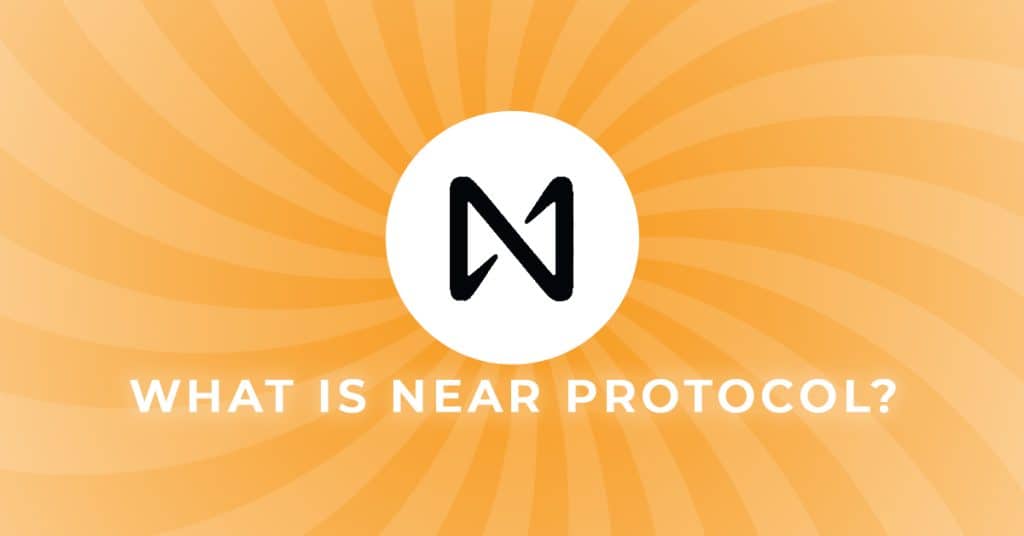


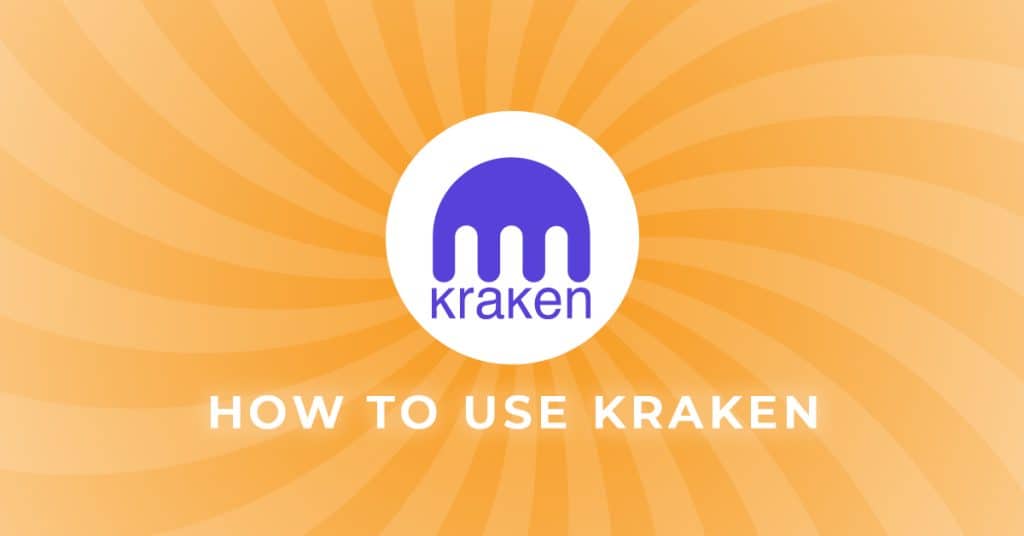

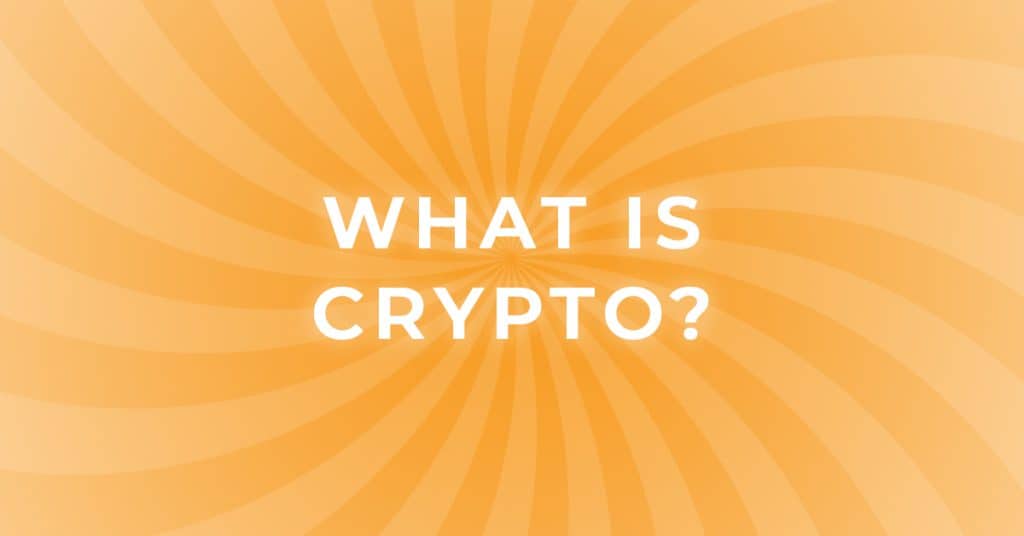
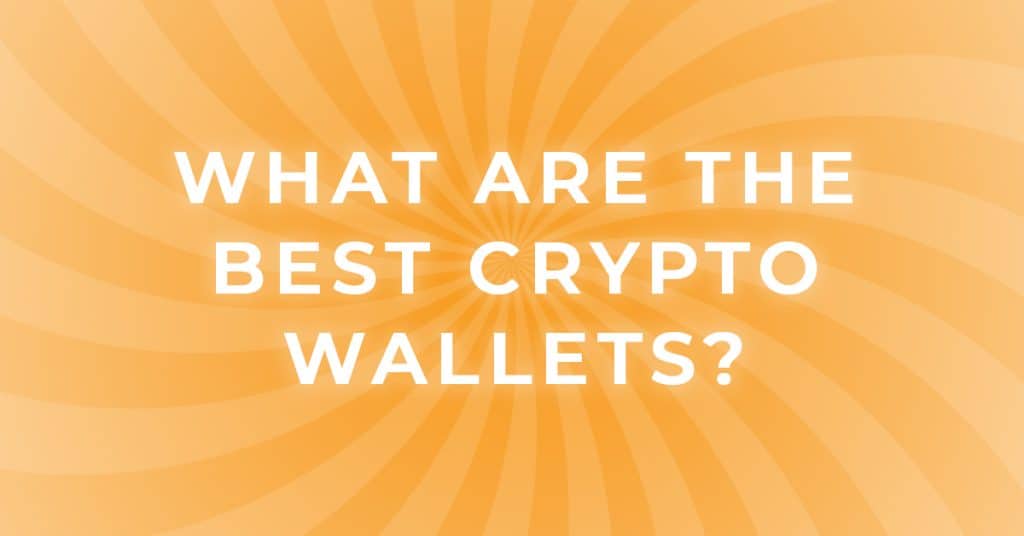

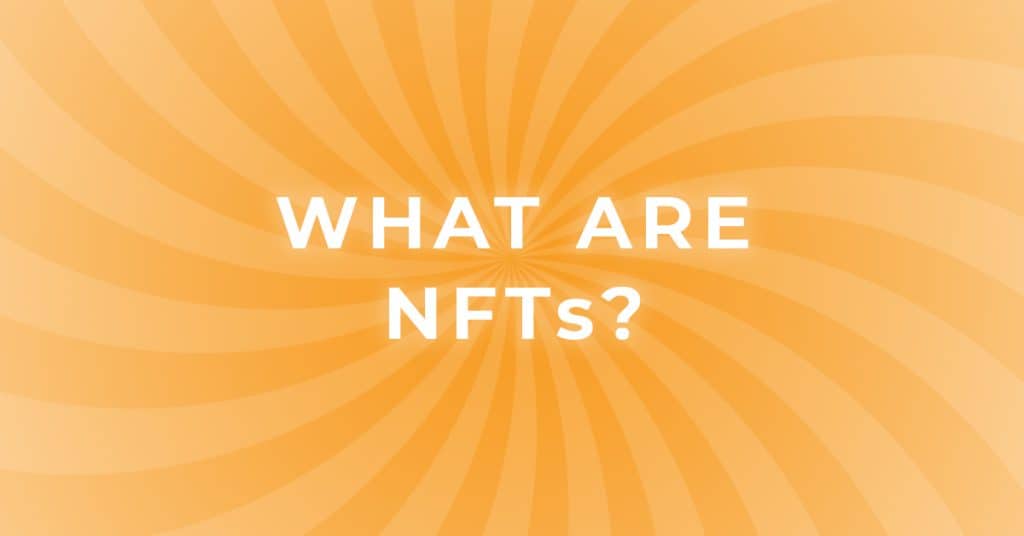
I’m considering borrowing funds against ETH as collateral. Where would be the best place to do this? Aave, Bybit? Any other suggestions would be welcome. Thanks
Well… best is a tricky question. Everything offers its own risks and opportunities. For what it is worth I am using Maker Dao’s Summer App. But there are many good options offering a huge variety of rates and options both on chain and on centralized exchanges. Rates can often change fast. Everything to some degree is a risk. Please understand that protocols can hacked and exchanges can too. You are just going to need to shop around to figure out the best option. Aave and Bybit are fine too by the way.